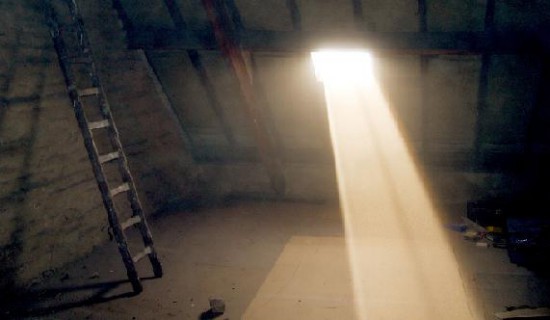Before the Renovation Begins

Most people who do an apartment renovation will tell you one thing when they are done: they’ll never do it again. But renovations can be successful, and the increase in market value can far outweigh the costs. So before beginning, here is a lawyer’s guide on the pitfalls that I have seen many clients make.
License, registration and insurance please: Contractors who do anything more than painting in this City require a license from the Department of Consumer Affairs. Be sure to ask. And before anyone sets foot in your apartment, ensure that the contractor has both liability and workers compensation insurance. Otherwise you as the homeowner might become financially responsible for on-the-job injuries suffered by a worker. Evidence of insurance comes in the form of an insurance certificate, which is not expired and names you and the building (condo or coop) as a loss payee.
1+1=4: Combining your apartment with your neighbors’ can be a great idea. But remember, before you sign a contract to buy the neighboring unit, be sure you ask management of the building if such a combination will be permitted. Just because another combination of the two lines was done on another floor does not necessarily mean that management will allow yours. The building architect may have determined that such a combination was a strain on the building, or resulted in unforeseen problems. And don’t forget that the financing bank which holds a loan on one or both of the units to be combined must give consent to the combination before any physical combination can occur. Failure to do this can cause an acceleration of the loan, making it immediately due and payable. Typically, a homeowner takes the opportunity to refinance the loan by getting a new one covering both units in a combined form.
Moratoriums? Before planning a renovation, talk to management about whether there are any planned moratoriums on new renovations. Some buildings don’t permit off-season renovation, or limit the number that can simultaneously occur, putting your plans months or even years behind schedule. Also, plans to update building elevators sometimes come with moratoriums on renovation as the limited elevators are preserved for owner use.
Assemble The Team: The renovation team consists of one or more of the following: engineer, architect, designer, contractor, expeditor and lawyer. Engineers typically come in only when there are structural issues requiring shoring up, or before buying a “fixer upper” to ensure that the owner’s plans are structurally feasible. Architects draw the plans, sometimes in conjunction with a designer, and must “certify” the plans to the department of buildings before a permit issues. Designers assist in creating the aesthetic and flow of the project, suggesting materials, finishes and colors that will meet the owner’s desires. The contractor executes the project and engages subcontractors to perform discrete sub-functions, like painting, tiling or plumbing. Expeditors are responsible for getting the plans through the Department of Buildings, obtaining proper permits and, importantly, ensuring the permits are signed off on by the City and letters of completion issue. And the lawyer carefully reviews the contracts with each vendor to ensure that the goals of the homeowner are reflected in the various engagements.




No Response so far